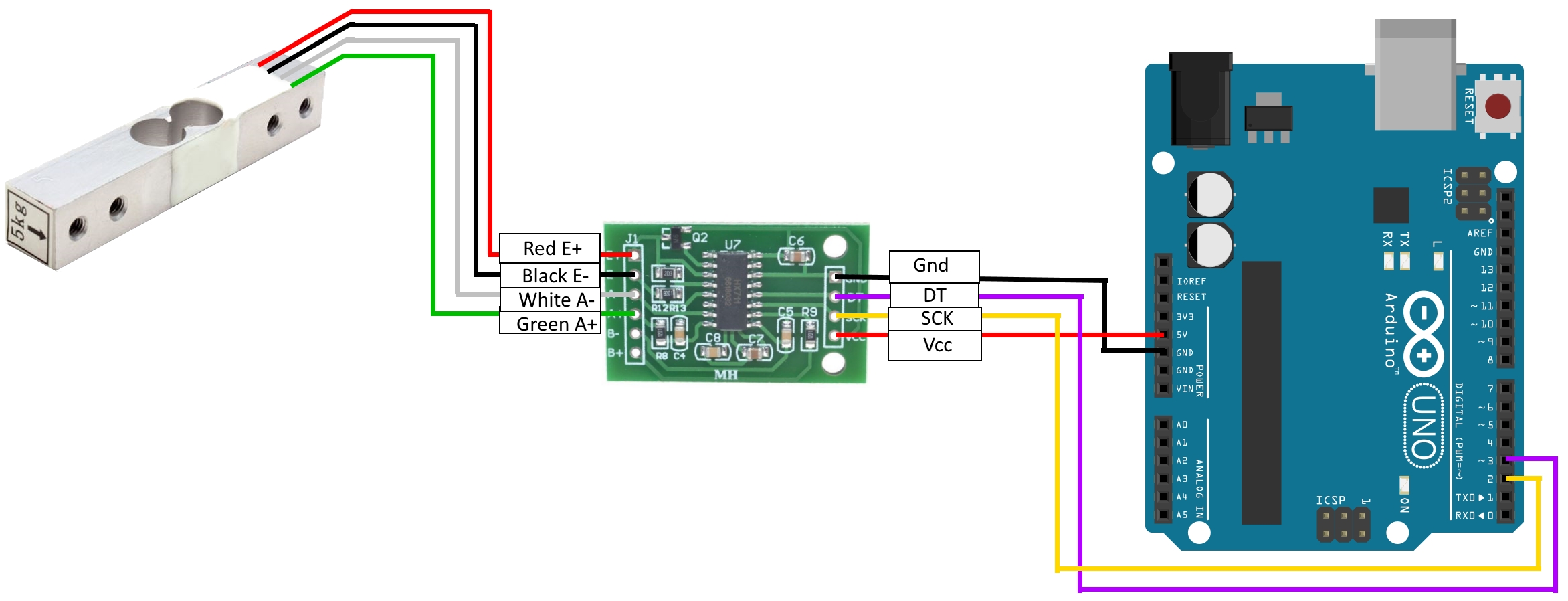
Best Way to Interface a Load Cell with HX711
When it comes to measuring weights or forces accurately, load cells are a popular choice. These devices convert a mechanical force into an electrical signal, which can then be interpreted by a microcontroller or a computer for further analysis. One common way to interface a load cell with a microcontroller is by using an HX711 amplifier and analog-to-digital converter (ADC). In this article, we will discuss the best way to interface a load cell with an HX711, covering the basics of load cell operation, the function of the HX711, and how to connect them together for accurate weight measurements.
Understanding Load Cells
Load cells are transducers that convert force into an electrical signal. They are commonly used in industrial applications, such as scales, force measurement devices, and more. There are several types of load cells, including strain gauge, piezoelectric, and hydraulic. The most common type is the strain gauge load cell, which uses strain gauges to measure the deformation of a material when a force is applied.
Strain gauge load cells typically consist of one or more strain gauges attached to a metal element. When a force is applied to the load cell, the metal element deforms, causing the strain gauges to change resistance. This change in resistance is proportional to the force applied and can be measured using a Wheatstone bridge circuit.
The Role of HX711
The HX711 is a precision 24-bit analog-to-digital converter (ADC) designed for load cell applications. It is specifically tailored to interface with strain gauge sensors, such as load cells, and provides a high-resolution digital output for accurate weight measurements. The HX711 also features on-chip calibration and gain adjustment, making it an ideal choice for applications that require precise measurements.
The HX711 operates at a voltage range of 2.7V to 5.5V and communicates with a microcontroller via a two-wire serial interface. It uses a differential input configuration to cancel out common-mode noise and interference, ensuring reliable and stable measurements. Additionally, the HX711 includes low-drift amplifiers and filters to minimize noise and improve signal-to-noise ratio.
Connecting a Load Cell to HX711
To interface a load cell with an HX711, you will need to connect the four wires of the load cell to the corresponding pins on the HX711 module. The load cell typically has red, black, green, and white wires, which correspond to excitation voltage, ground, signal +, and signal -, respectively. The HX711 module has E+, E-, A+, A-, and VCC pins, which should be connected as follows:
- Red wire (Excitation+): Connect to E+ pin on HX711
- Black wire (Excitation-): Connect to E- pin on HX711
- Green wire (Signal+): Connect to A+ pin on HX711
- White wire (Signal-): Connect to A- pin on HX711
It is important to ensure that the connections are secure and that there are no loose wires or poor solder joints, as this can affect the accuracy and reliability of the weight measurements. Once the load cell is connected to the HX711, you can then connect the module to a microcontroller, such as an Arduino or Raspberry Pi, using the two-wire serial interface.
Calibrating the System
Before taking any weight measurements, it is crucial to calibrate the system to ensure accurate and consistent results. The HX711 module provides on-chip calibration registers that can be set using simple commands sent from the microcontroller. By applying known weights to the load cell and adjusting the calibration factors, you can improve the linearity and precision of the weight measurements.
Calibration involves determining the conversion factor between the analog signal from the load cell and the digital output from the HX711. This factor is typically provided by the load cell manufacturer and can be used to scale the raw data to actual weight values. By following a calibration procedure and testing the system with known weights, you can verify the accuracy of the measurements and make any necessary adjustments.
Conclusion
Interfacing a load cell with an HX711 is a straightforward process that can provide accurate and reliable weight measurements for a variety of applications. By understanding the principles of load cell operation, the function of the HX711, and how to connect them together, you can create a robust weight measurement system that meets your specific requirements. Remember to calibrate the system regularly to maintain accuracy and consistency in your weight measurements.
Was this helpful?
0 / 0